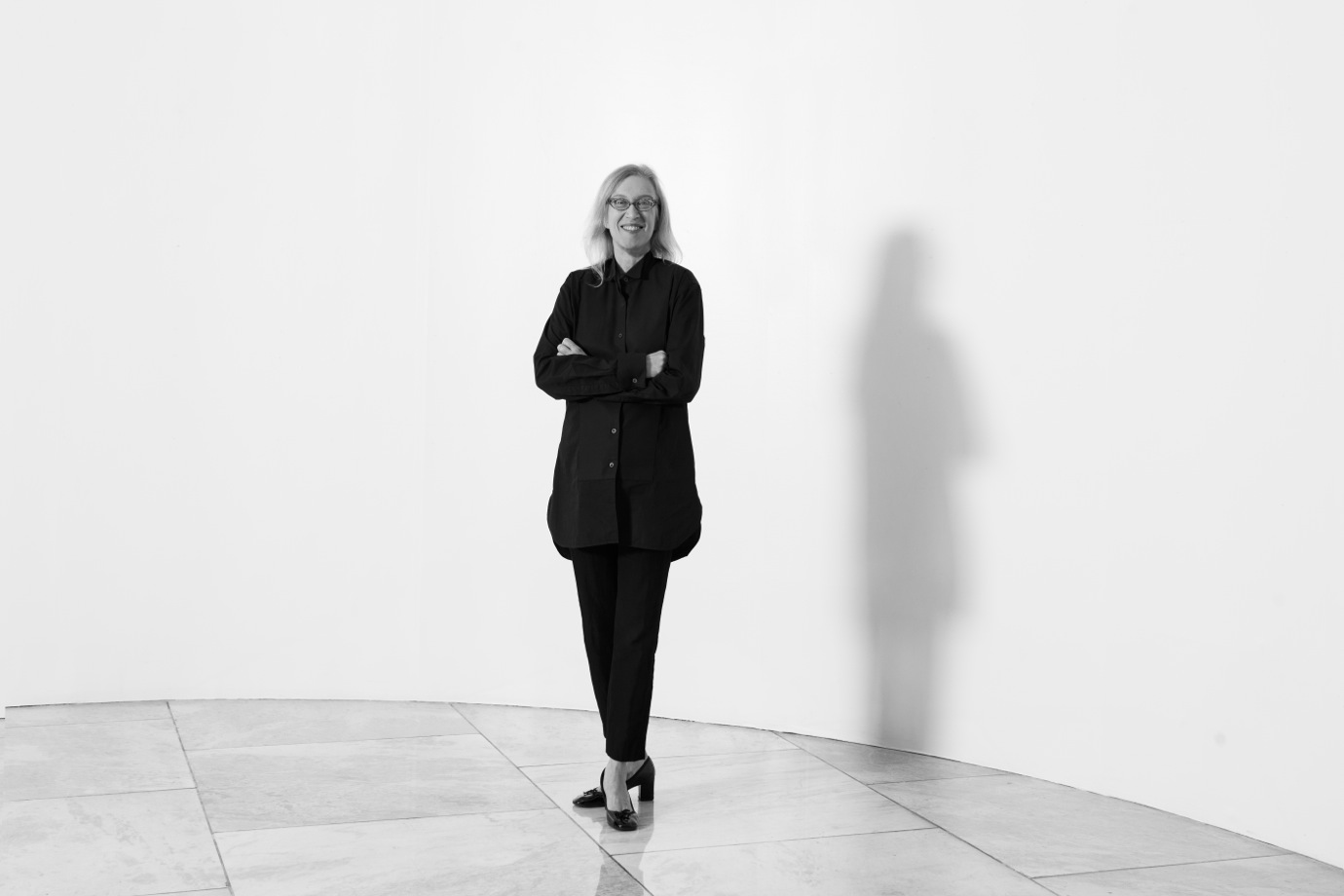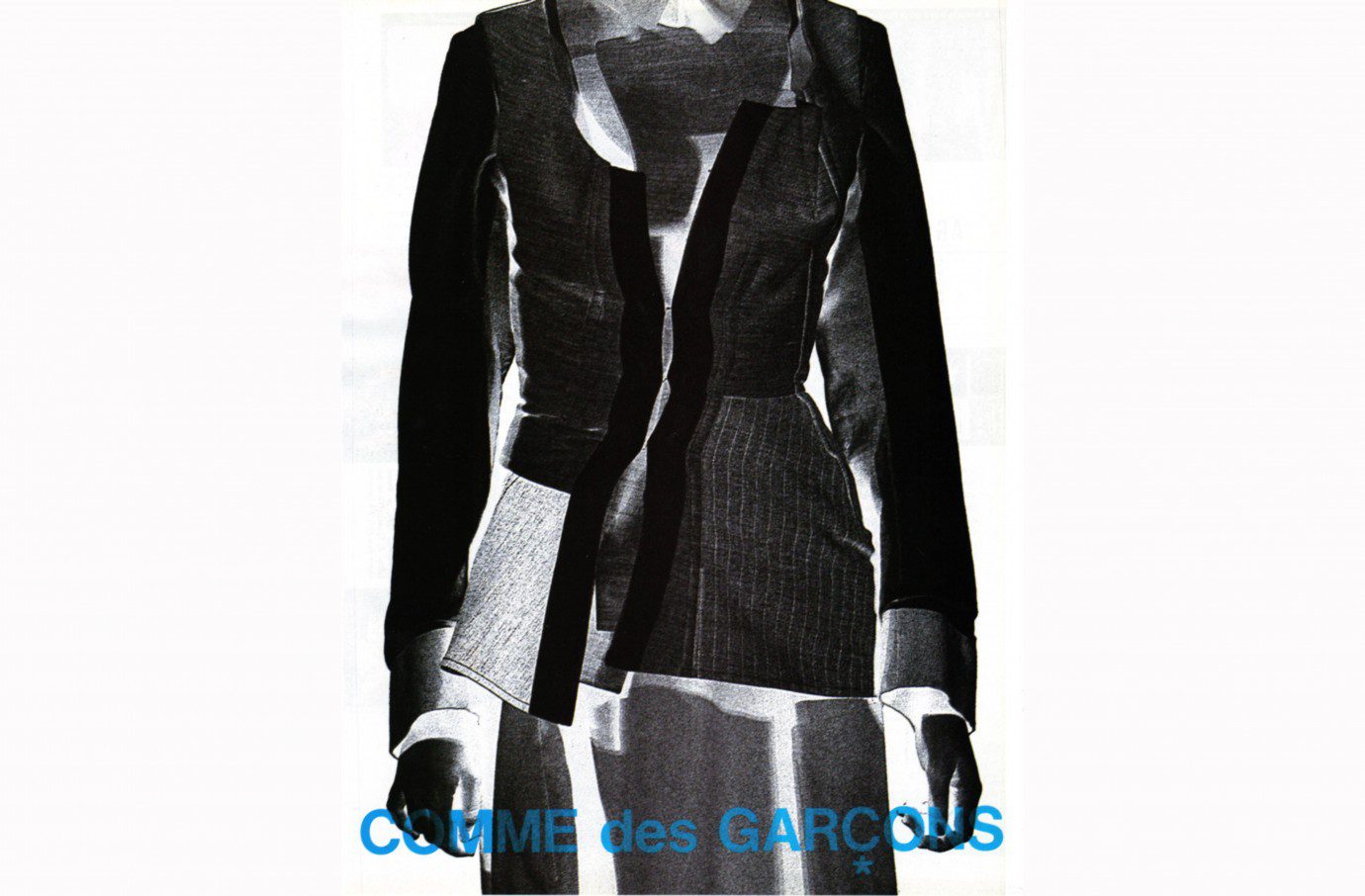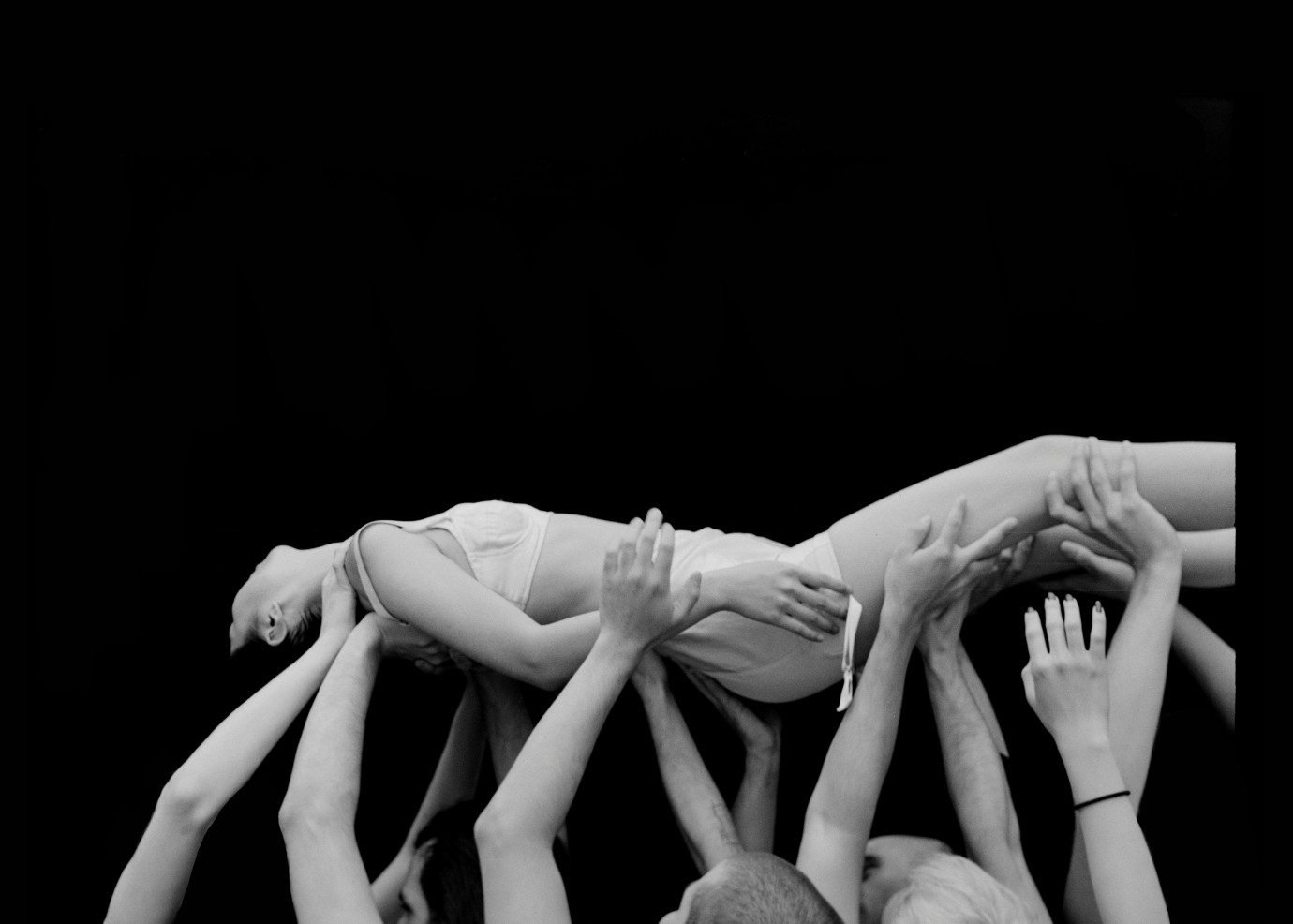VALERIE STEELE: Fashion is intrinsically about change and time. That said, the fashion system in recent years has become more globalized with big trends, big fashion companies like LVMH and Kering, as well as production going off-shore primarily to Asia. You also have the technological revolution. It used to take months before a fashion would move from Paris to New York and then months more before it would travel to another part of the world. Now you have copies being made within hours of their being shown in Paris, and in fact, [these] reach the stores before designers see their own products reach the stores. In addition, more and more fashion weeks are springing up all over the world. All of this has meant that the fashion world seems to be moving much more rapidly.
And if you’re young and starting out…
It’s become more complicated. Back in the 1920’s, you could start your own fashion couture house on the basis of having half a dozen clients. You need millions and millions of dollars in backing to start one now.
Do you think there’s been a negative impact to quality with the fashion cycle speeding up?
I don’t think you can say there’s been a change in the quality of the work. That would be too simplistic. But I do think there’s a lot of pressure on designers. The more successful they become, there might be added pressure to produce multiple collections.
In a way, this accelerated fashion cycle could explain why the design aspect doesn’t change so radically.
Fashion design never changes radically. If you had too great of a sudden change, it would be accepted by no one. And it might not be understood. But one significant shift you may have seen is the designer as a creative agent, and the brand as a marketing phenomenon.
That’s definitely true. Going back to the topic of technology, and when we look at social media as a proponent of personal style bloggers, do you think people dictate fashion to brands? Or is it the designer?
Despite the wealth of bloggers and Instagram, etc., the average person is not in the position of being a gatekeeper, let alone a dictator.
So would you say that the public’s relationship to fashion hasn’t changed with time?
No, it changes. Fashion is not just a psychological or socio-psychological situation. It’s economic; it’s psychological; it’s social; it’s aesthetic. It’s not just a production of clothes—it’s a production of ideas about clothes and images about clothes. Designers are trying to pick up on this so they can move their designs forward and people will respond whether or not it resonates with them and their world.
Has the rise in popularity of fashion exhibitions, such as the Alexander McQueen exhibit in 2011 or the Jean Paul Gaultier exhibit most recently in Paris, helped your efforts?
It [Popularity] has been growing since the 1970’s, but increasingly, especially since 2000. More and more museums are doing shows like this because they know the public will respond and come in huge numbers.
Why do you think that is?
I think it’s because people feel they can understand and appreciate fashion more easily than art.
I remember my first time at the museum here. I was studying fashion design in high school.
Oh, you were one of those kids.
“THERE WAS A FEELING AMONG FASHION PEOPLE THAT IF YOU WERE SERIOUS ABOUT FASHION, IT WAS BORING AND IT WAS A DRAG. IT WAS SUPPOSED TO BE, YOU KNOW, FUN.”











